Two sports cars and a saloon, engines ahead and behind, cylinder counts from four past six to eight, induction by turbocharger, supercharger and good old atmospheric pressure and fair to not so middling positioning for them all. If it’s consensus about how to make a great driver’s car you’re after, you’ve banged on the wrong door.
Even the order is counter-intuitive. Of the three, the car that performed best relative to expectations actually ended up doing worst. But such are the hazards of comparing cars that, in any other circumstances, would be incomparable.
So we’ll start with that car and the discovery that, if you read through the judges’ notes, only one of the four of us wrote anything negative about the Mercedes-AMG C63 S at all.
On the road and relative to the stellar standards of this one-time-only competition, it can perhaps be best described as good enough. A socking 1730kg kerb weight plus the requirement to deliver 516lb ft of torque to wet East Anglian roads via two overworked rear tyres gave the C-Class a task harder than most, but mostly it was up to it.
The key was to delve into the Individual menu and summon the sharpest possible response maps for the engine and gearbox but leave the damping as soft and squidgy as possible. Then, with more rearward weight transference on acceleration, the Benz found at least enough traction for its phenomenal firepower not to go entirely to waste. This way, the car also rode the bumps and yumps on the road with equanimity, save the occasional stumble from the seven-speed ’box.
Even so, you might expect it to go one step further and fall flat on its face on the track, but it doesn’t. Indeed, when Snetterton was at its wettest first thing, the way it cut through the water rather than skated across it made it one of the quickest and easiest cars out there. “It has the poise to seem playful rather than terrifying,” said Nic Cackett, and Matt Prior noted its “fine engine and decent handling balance”. I thought it shone in the wet but was progressively overhauled by the others as the track dried out, but Matt Saunders found it “more unfriendly than I’d expected” in difficult conditions.
In the end, though, consensus was achieved, with all four judges placing it eighth, the only car in the group to be given the same score by us all.
Why so low? Ultimately, what it did well, it did well by the standards of a heavy saloon. Were this a contest of similarly high and hefty family cars, doubtless it would sit at or near the top, but against opposition lighter in most cases to the tune of several hundred kilograms, it’s about the best that could be expected.
Which is about the last thing that can be said of the performance of the Evora 400. Given that Lotus changed two-thirds of the Evora’s components to make, as the saying goes, the car it should have been from the start, we’d wager sixth equal with a Mazda costing a third of the money is not news that Lotus will want to hear.


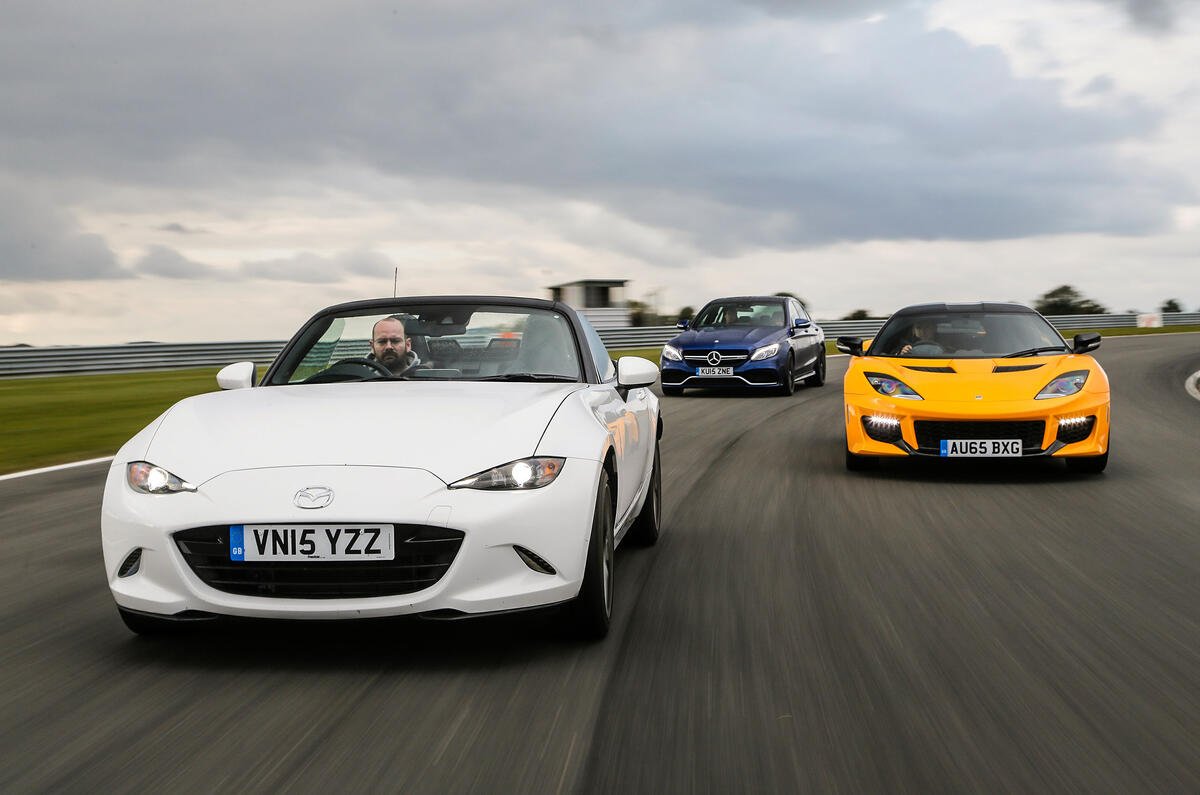
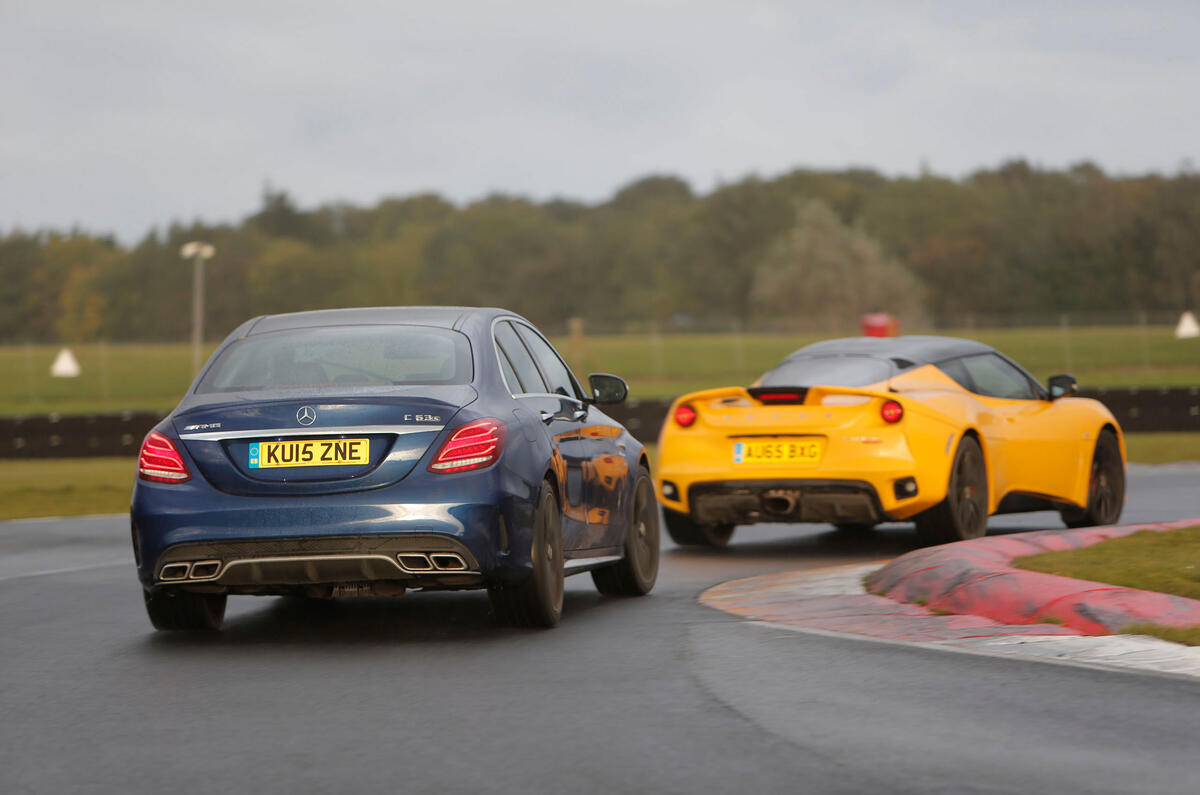

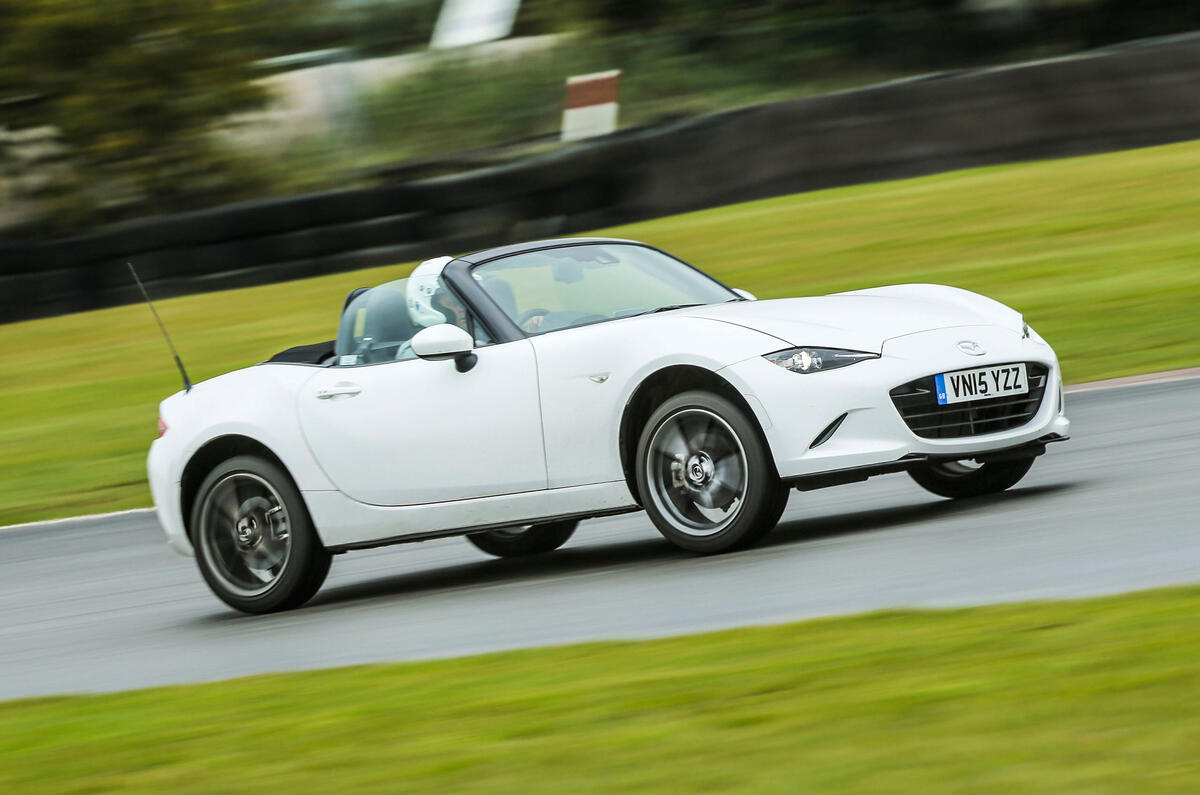
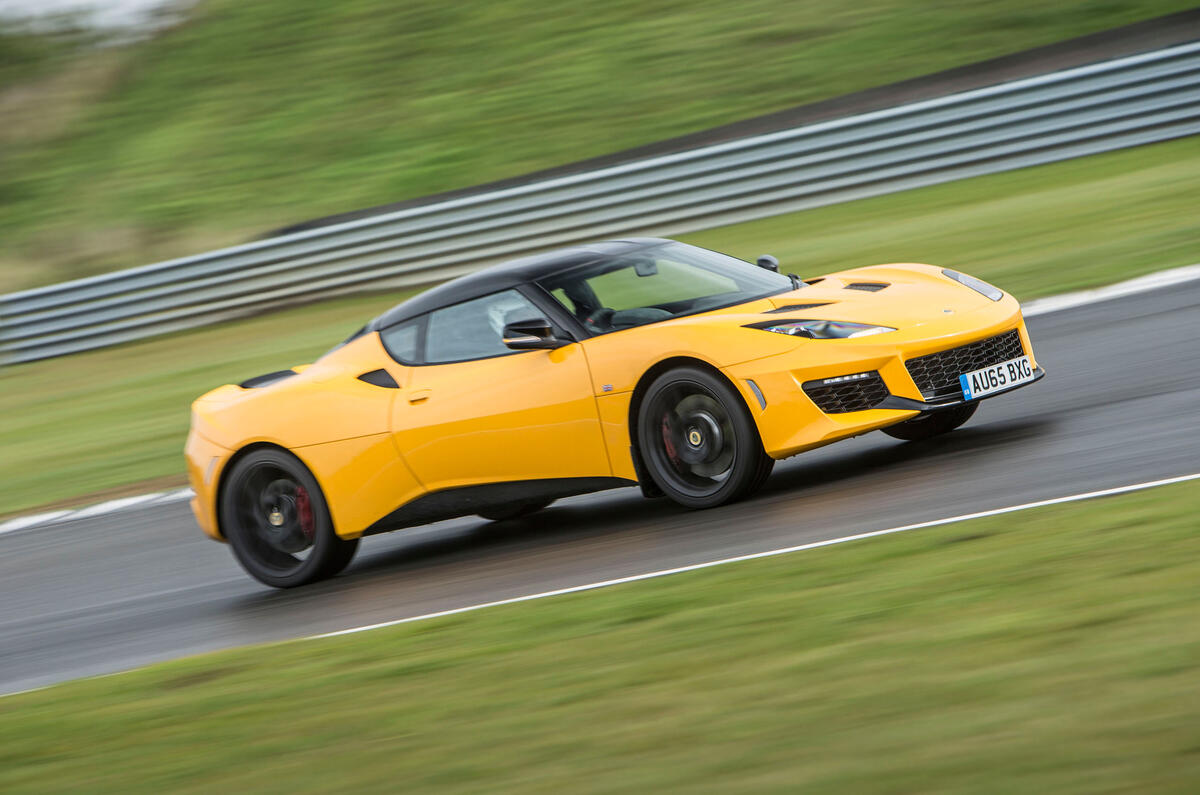




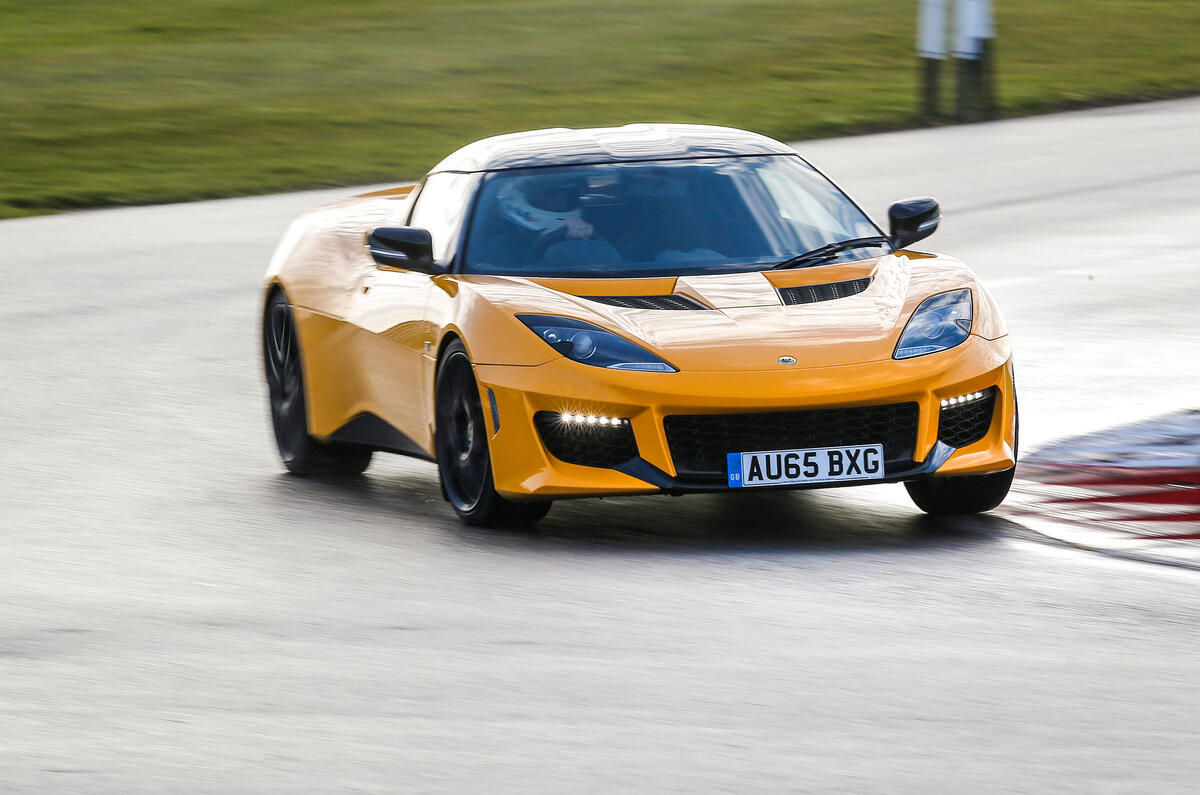


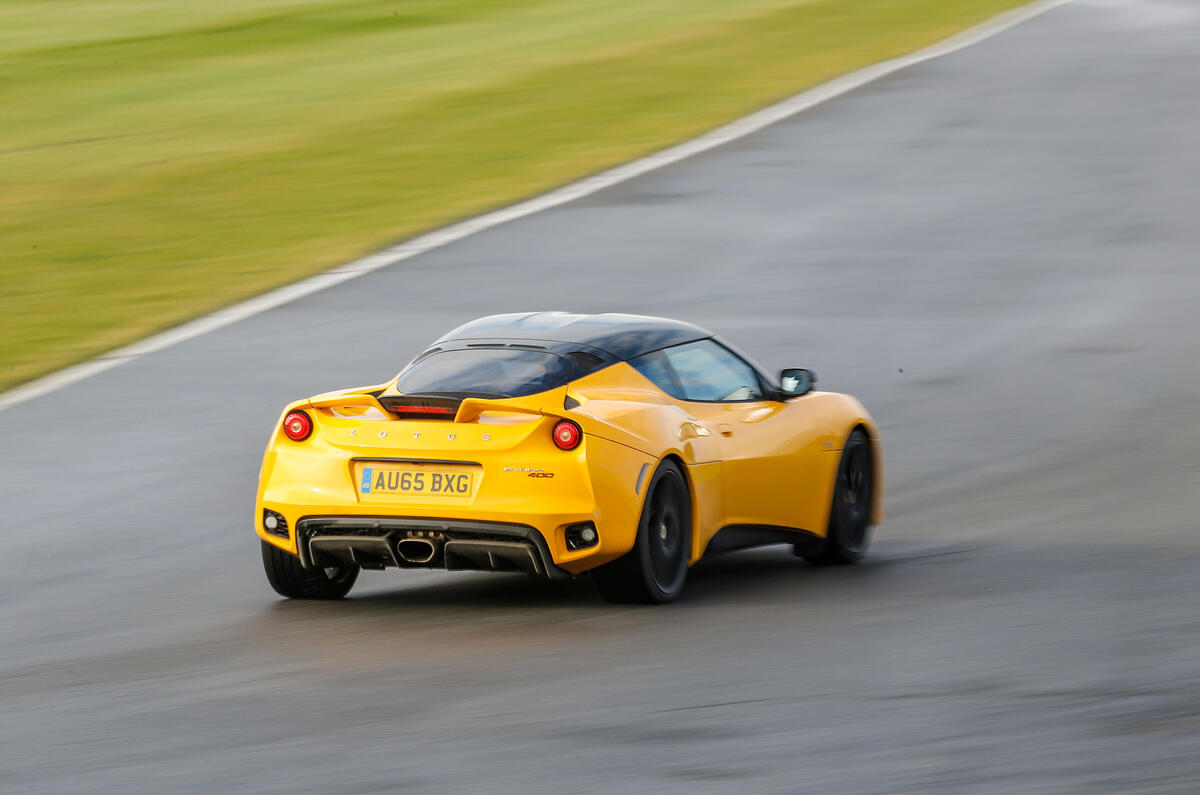
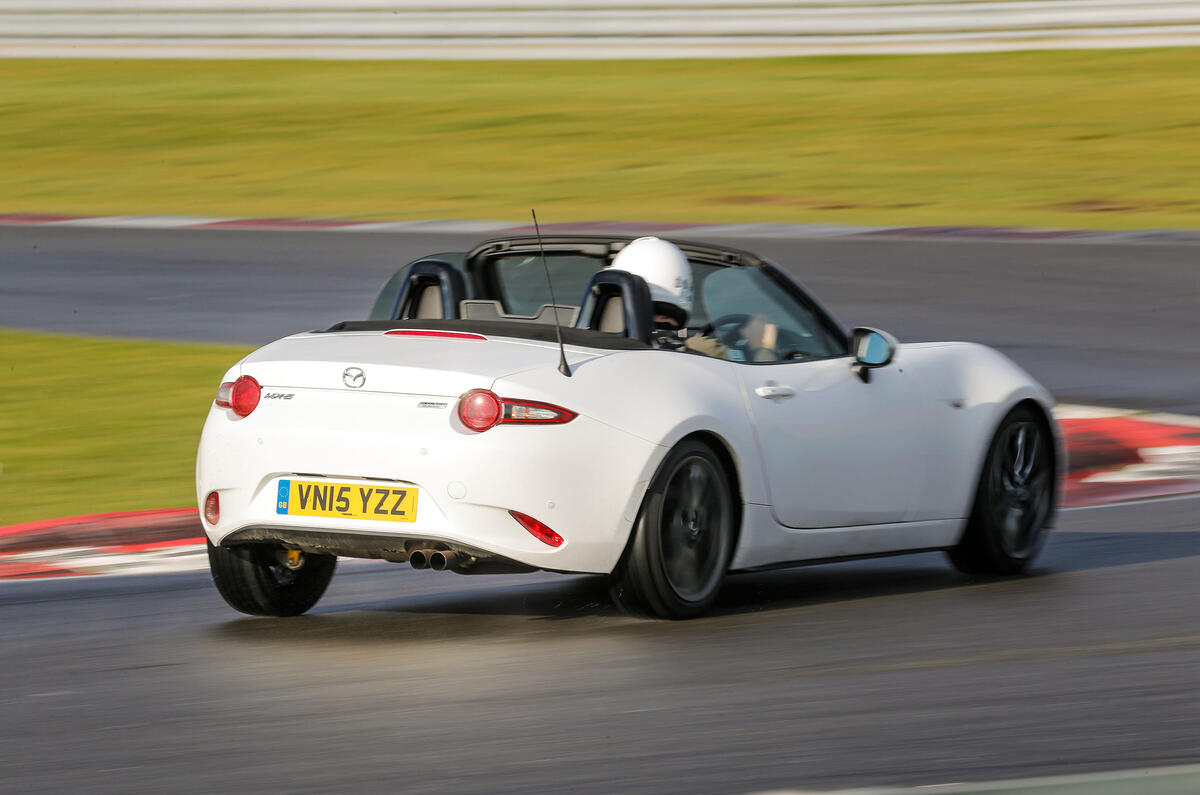
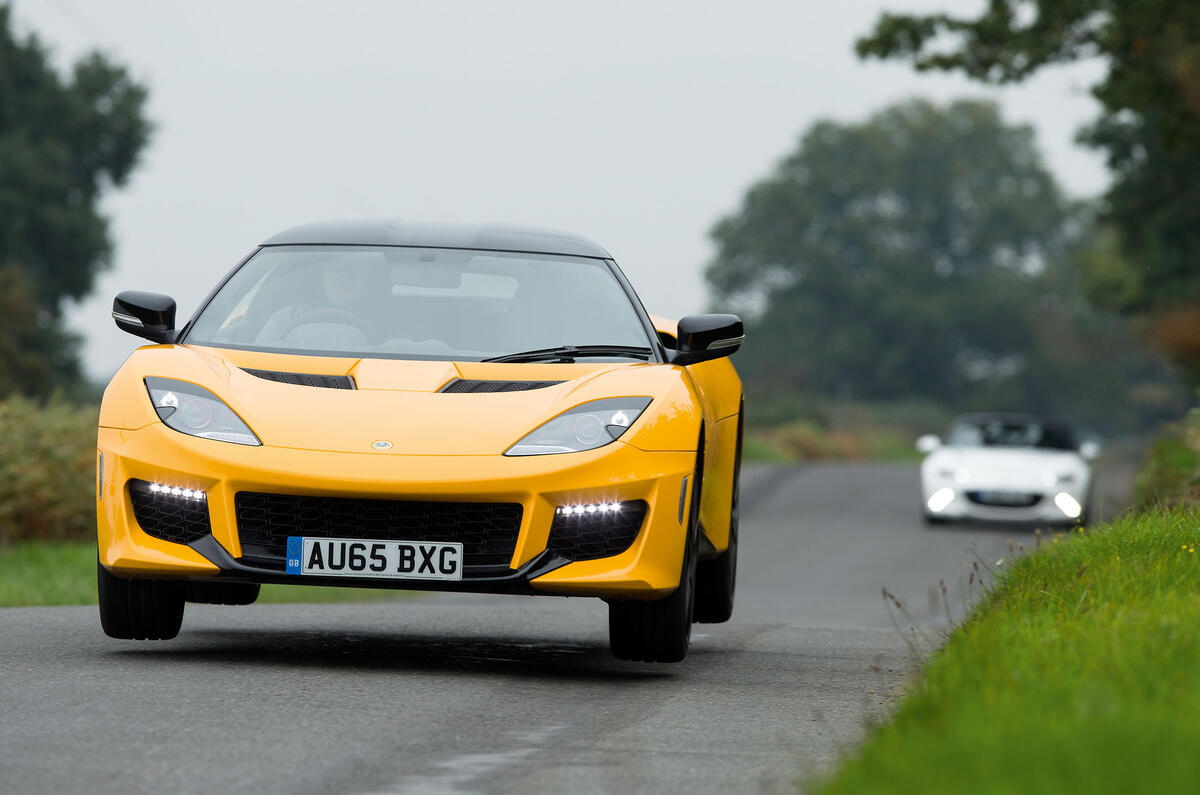
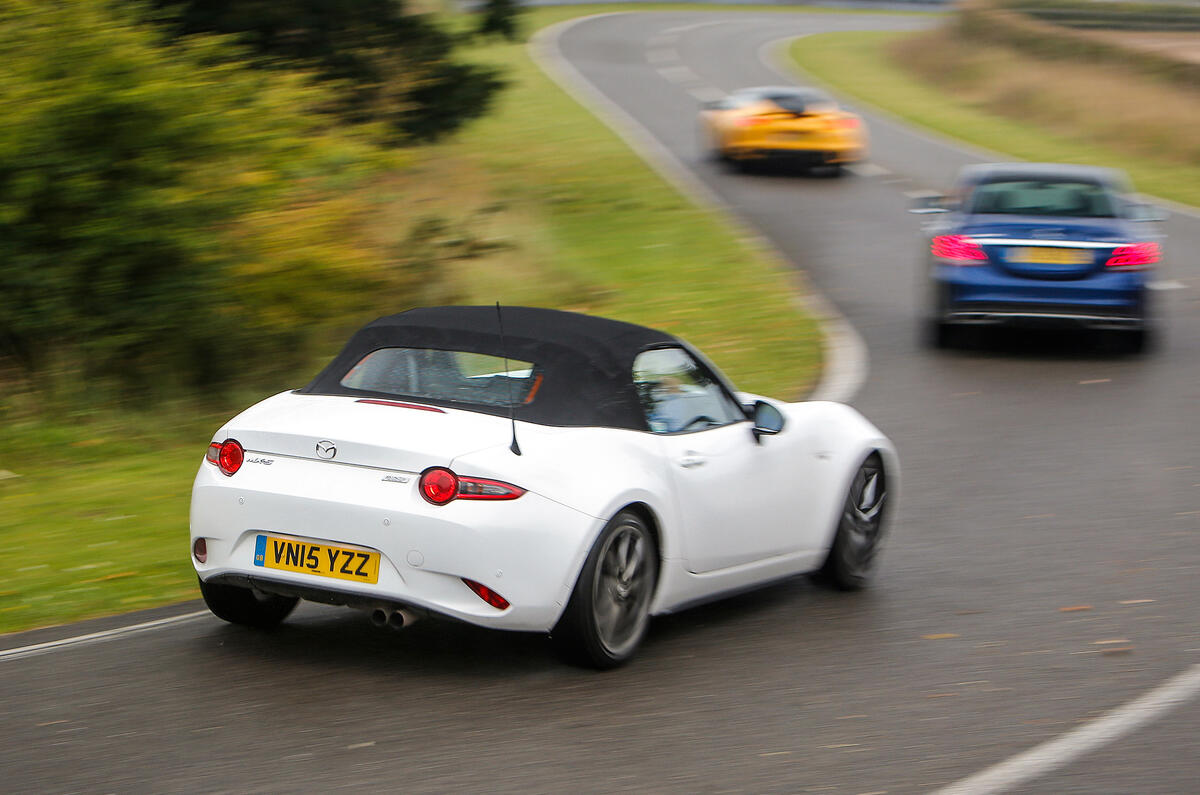

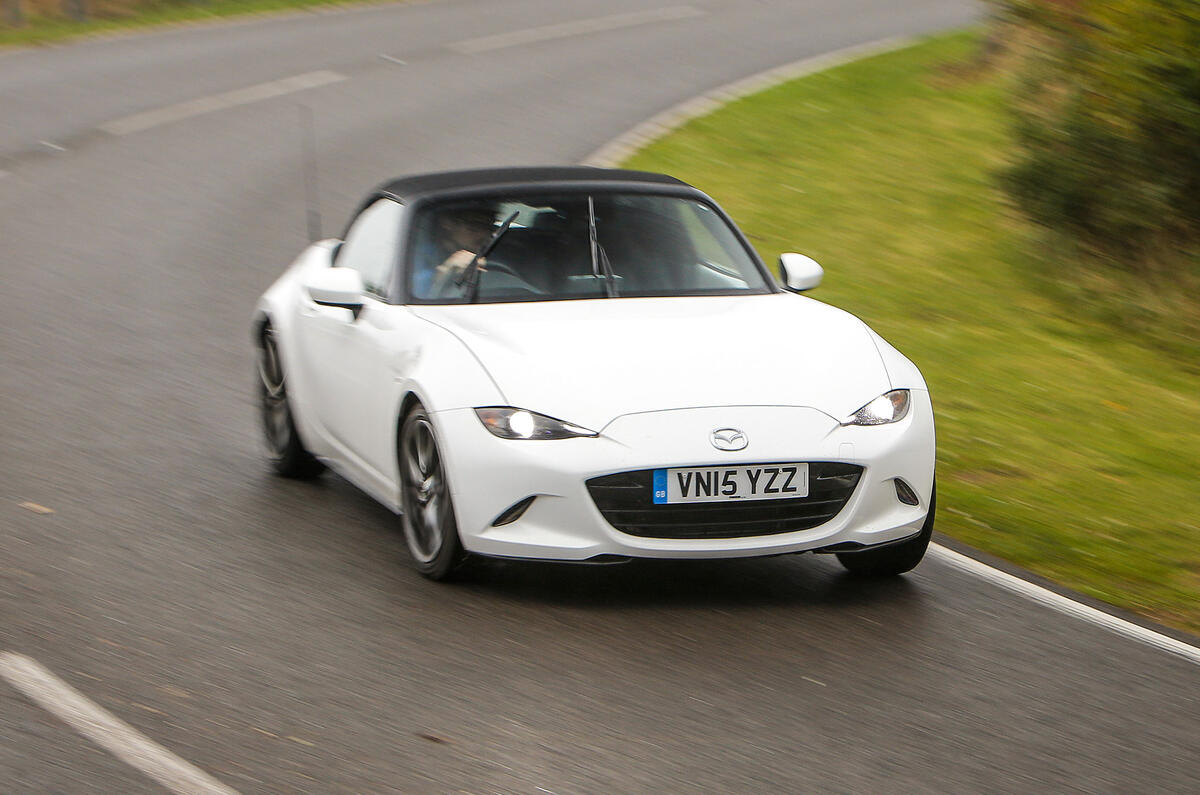






























Add your comment